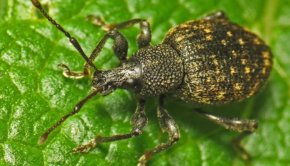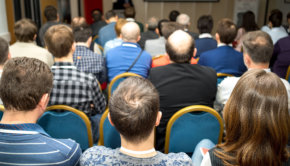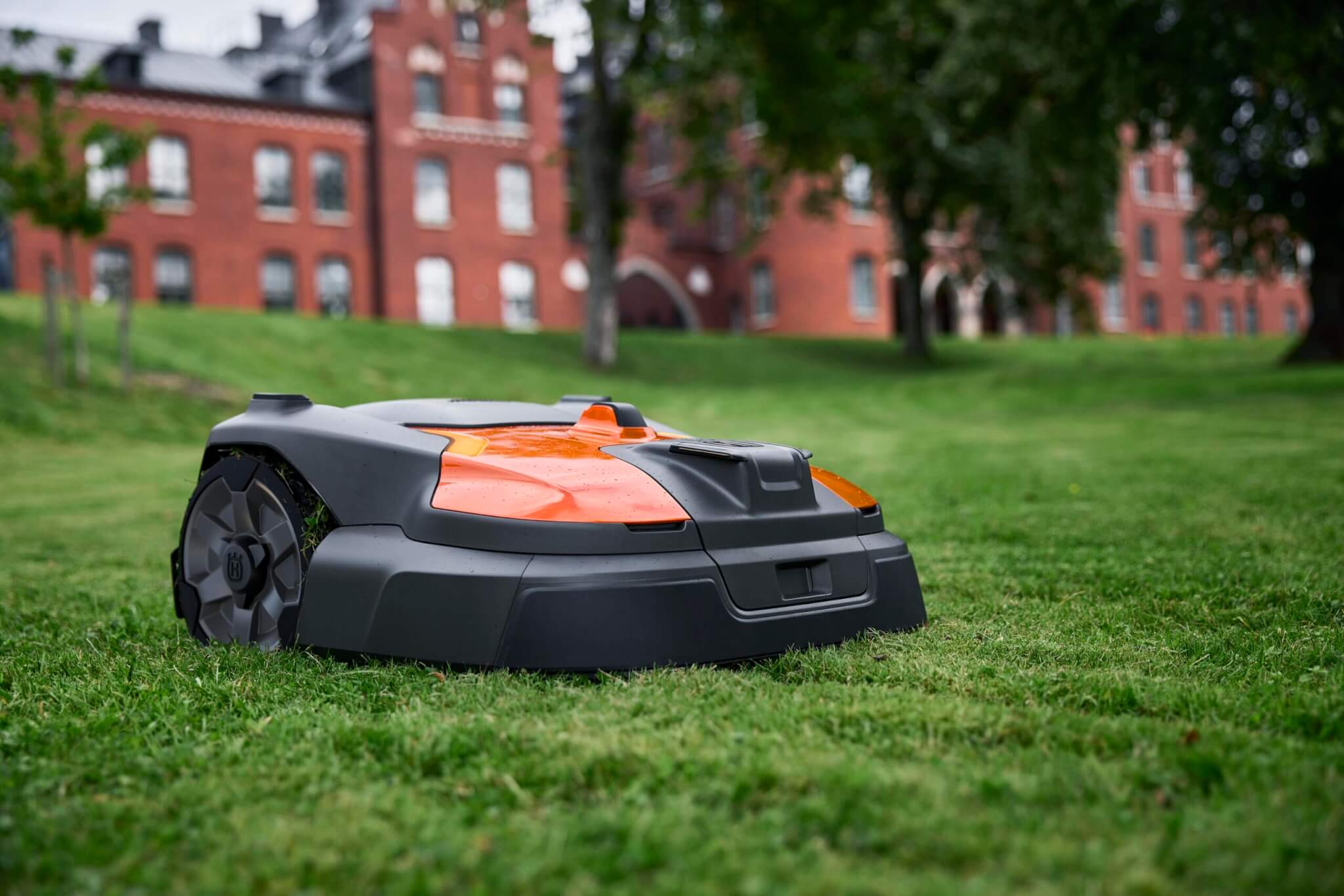EU biopesticide regulation: can technology developers survive?

High cost and lengthy requirements for EU registration are limiting the development and commercialisation of bioprotection solutions in Europe, says founder and CEO of Bionema
10 September 2020
Bioprotection solutions present one of the fastest growing sectors in crop protection and pest control, but their development and uptake are being delayed and obstructed in the EU by irrelevant regulations that are preventing them from reaching the market. This comes from Dr Minshad Ansari, founder and CEO of biopesticides technology developer, Bionema.
According to Dr Ansari, there is an urgent need for a review of European regulatory requirements for bioprotection solutions, also known as biopesticide, to ensure that end-users in the EU have access to these products and to allow developers and manufacturers in the EU to compete fairly with their counterparts in other parts of the world.
According to a recent report from MarketsAndMarkets, $70 billion is currently spent on chemical pesticides annually in efforts to control crop pests that cause $470 billion of damage worldwide. Due to indiscriminate use of these toxic chemicals, however, more than 500 species of insects, mites and spiders have developed some level of pesticide resistance.
Already in the EU, almost all of Pasticide Action Network (PAN) international ‘dirty dozen’ pesticides (actually covering 17 different pesticide groups) have now been banned, with the notable exception of the highly hazardous herbicide paraquat, due to their negative impact on human health and the environment. Alternative bioprotection solutions, which harness natural enemies of pests and diseases, offer a cleaner, effective way to fill the gap in the market.
Bioprotection market
Bioprotection solutions comprise natural materials derived from animals, plants, and bacteria, as well as certain minerals, that are used for pest control. Almost 50% of the microbial bioprotection solutions currently available on the market are derived from only one entomopathogenic bacterium Bacillus thuringiensis or ‘Bt’. Bioprotection solutions comprise a small share of the total crop protection market globally, with a value of about $4.3 billion worldwide, but this share is growing at an estimated 14.7% CGAR and it is expected to reach $8.5 billion by 2025, according to research from MarketsAndMarkets.
Growth of this sector is important as the world’s future demands ever-increasing food production to feed an expanding world population, while regulators across the globe are banning toxic chemicals that leave gaps in our ability to control various crop pests.
Bioprotection solutions have become increasingly popular in recent years and are considered safer than conventional pesticides. Bioprotection products are by their nature less detrimental and are more specific to the target pests. Additionally, these solutions are effective in small amounts and decompose quickly without leaving residues. Therefore, they could reduce the use of toxic chemical pesticides, as an essential part of Integrated Pest Management (IPM).
Regulations of bioprotection
Bioprotection products are assessed in the EU by the same regulations used for the assessment of chemical active substances. However, solutions that contain living micro-organisms (such as bacteria, fungi or viruses) are not chemicals – they are biological products that are subject to a range of different requirements and concerns. For example, rather than requiring levels of environmental toxicity – when no chemical toxicity exists – regulators could instead focus on the natural features of the micro-organisms involved, and possibly even their potential to harm to beneficial insects rather than their positive effect on crop pests and diseases (however, it must be noted that harm to beneficial insects is usually minimal, as nature is generally target-specific in order to maintain its natural balance).
Currently, there are fewer bioprotection active substances registered in the EU than in the US, India, Brazil, or China. In the US market, where the biological advantage of these solutions has been more formally recognised, more than 200 bioprotection products are already available, compared to 60 products in the EU market. The relatively low number of registered bioprotection products in the EU is related to the greater complexity of EU-based bioprotection regulations.
Biocontrol products generally have little or no effect on human health, non-target organisms and the environment. However, the registration of bioprotection products continues to be a lengthy process. Since 2009, active substances and products for use in agriculture have been evaluated in accordance with Regulation 1107/2009. The data requirements are the same for active substances and chemical and microbial products, which often cause obstacles when registering bioprotection products. Some data requirements that can be easily met for synthetic chemicals cannot be met for microbial products and for technical reasons. This takes much longer than US Environmental Protection Agency (EPA) registration. Moreover, the high cost ($5-10 million) related to the single registration of new agents is another aspect limiting the commercialisation of new products.
Experience of SMEs
The bioprotection sector is dominated by micro SMEs, many of which were initiated by academics/scientists with ground-breaking ideas. However, those ideas will never come to fruition if the innovations inspired by these brilliant entrepreneurs continue to be obstructed by costly, over-complicated, unnecessary regulations.
If new products could reach the market more quickly, they would generate income that would enable these micro businesses to survive. Faster procedures and enforcement of time limits are important. It cannot be denied that the EU registration process of bioprotection products impedes the commercialisation of these products.
The biocontrol sector is unique in that it comprises many small enterprises and start-ups alongside the giants of the AgriTech industry.
“The regulatory authorities should try to ensure fast-track registration of bioprotection products based on justified regulations, promoting the adoption of safer technologies in the development of commercial products,” said Dr Ansari, founder and CEO of Bionema. “Additionally, the regulatory system should enable small-medium enterprises dealing with bioprotection to develop, so that they can provide growers with reliable tools for the economical control of pests and allow them to supply products that meet the expectations of consumers.”
Prospects
Bioprotection products have long been attracting global attention as a safer approach than chemical pest control practices, with potentially less risk to humans and the environment. To this end, regulators should not compare bioprotection products with chemical pesticides.
The discovery of new microbial control agents and research on formulation and delivery could boost the efficacy of bioprotection and consumer satisfaction. However, regulations must be adapted to make the development and commercialisation of these solutions more feasible, otherwise there will be a huge gap in the market after the removal of banned toxic chemical pesticides.
The recent EU commitment to reduce pesticide use by 50% within next 10 years is the right way forward, from an environmental and human health point of view. However, bioprotection products cannot fill this gap in the market if the current lengthy, and costly, EU registration process continues.



 Print
Print









Fans 0
Followers